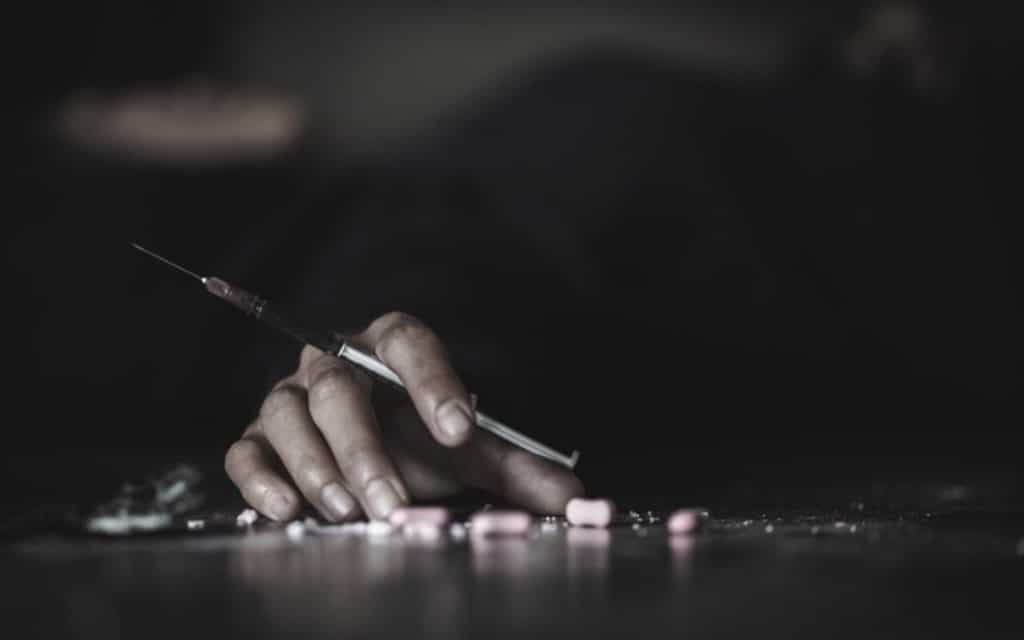Understanding the Dangers of Intravenous Drug Use
Intravenous drug use is risky behavior that can lead to some serious health concerns. People who shoot up drugs with IV needles put themselves at risk for skin and blood borne infections, scarring, and even drug addiction. The risk goes even higher when they mix drugs such as heroin and cocaine (speedball), as this combination is responsible for many fatal overdoses.
If you or someone you love is addicted to drugs, it is important to seek addiction treatment immediately. There are many excellent treatment options available. With the help of professionals, you can overcome your substance abuse and any underlying mental health problem and start on the road to recovery.
That said, here are some dangers of illicit drug injection:
Disease Transmission and Vein Damage
Intravenous drug use puts people at serious risk of disease transmission and vein damage. Those who inject drugs often share needles, which can lead to the spread of blood-borne diseases like HIV, Tuberculosis, and viral hepatitis B and C. In addition, injecting drugs can damage veins and cause a host of other deadly infections because the substances go straight into the bloodstream, bypassing many of the body’s natural defenses against harmful pathogens and foreign substances.
HIV/AIDS
People who inject drugs are one of the groups most affected by HIV/AIDS. According to UNODC, about 11 million people inject drugs globally, but around 1 in 8 (or 1.4 million) of these people are living with HIV. HIV, or human immunodeficiency virus, attacks the body’s immune system, making the person infected susceptible to other infections and illnesses, which can lead to AIDS.
AIDS stands for acquired immunodeficiency syndrome. People with AIDS have weakened immune systems and are unable to fight off infections, which can be deadly.
Hepatitis C
Hepatitis C is another blood-borne disease that can be transmitted through sharing needles. Hepatitis C is a virus that attacks the liver and can cause serious health problems, including liver damage, cirrhosis, cancer and even death. However, what makes hepatitis C particularly dangerous is the fact that it often takes a long time, usually 6 months to 10 year, for symptoms to appear. This means that it can be difficult for physicians to detect in some patients, leading to delayed diagnosis and treatment.
These risks highlight the importance of harm reduction strategies that educate people on safe injection practices, such as the dangers of sharing needles, the importance of proper hygiene practices, and how to identify and avoid contaminated drugs. Additionally, by providing people with access to sterile needles and supplies, harm reduction programs can further reduce the risks associated with injecting drugs.
Despite advances in medications that help manage these diseases, prevention remains the best strategy for combating hepatitis C and HIV among IV drug users. Strict cleanliness standards when sharing needles and other paraphernalia is crucial in limiting the risk of transmission, as well as working towards getting help for addiction issues to avoid turning to drugs in the first place.
Endocarditis
Endocarditis is a serious infection of the heart’s inner lining, also known as the endocardium. It most often occurs when bacteria or other organisms enter the bloodstream and settle on the heart valves. Intravenous drug use is one of the most common risk factors for endocarditis, as it can introduce bacteria directly into the bloodstream.
The risk is further increased if the drugs are injected with dirty or shared needles. For this reason, intravenous drug users need to be aware of the dangers of endocarditis and take steps to reduce their risk. With prompt diagnosis and treatment, most people with endocarditis recover fully. However, the infection can cause life-threatening complications, including heart valve damage, stroke, and even death.

Scarring and Needle Tracks
IV drug use comes with several risks, one of which is the risk of scarring and needle track marks. Needle tracks are small scars that result from injecting drugs directly into the veins. Over time, these scars can become larger and more noticeable, making it difficult to hide the fact that someone is using drugs. In addition to being unsightly, needle tracks can also be painful and lead to other health problems.
For instance, if the needle punctures a nerve, it can cause numbness or paralysis in the affected area. Infections are also a concern, as bacteria can enter the bloodstream through the needle tracks. Finally, needle tracks can make it difficult to find a vein for future injections, leading to even more scarring.
Abscesses and Skin Infections
Intravenous drug use comes with a number of risks, one of which is abscesses and skin infections. These occur when bacteria enter the body through injection sites, often resulting in painful and unsightly swellings. Occasionally, abscesses can become infected, leading to serious health complications. Intravenous drug use can also result in other dangers, such as vein damage, blood borne illnesses, and overdose.

Overdose Risk
Like any other mode of administration, IV drug use can also lead to overdose. In fact, the risk of overdose is even higher with IV because of these reasons:
The concentration of the drug in the bloodstream is higher when it is injected than when it is smoked or snorted.
Injection bypasses the body’s natural filtration system, which would normally remove some of the drugs.
Injecting drugs directly into the bloodstream allows them to reach the brain more quickly than when they are taken by other routes. This can lead to a sudden and intense high that can be overwhelming and potentially fatal.
Although anyone who injects drugs is at risk for overdose, some things can increase the risk, such as using very potent drugs, using multiple drugs simultaneously, and injecting more frequently.
Harm Reduction
A number of harm reduction strategies can help reduce the risks associated with intravenous drug use. Some of these include:
- Using clean needles and syringes
- Not sharing needles or other injection equipment
- Getting vaccinated against hepatitis B and C
- Using new, unopened packets of sterile water for each injection
- Not mixing drugs
- Using small, shallow injections
In addition, there are several resources available to help intravenous drug users reduce their risk of harm. These include needle exchange programs, which provide clean needles and syringes to drug users, and addiction treatment programs, which can help people overcome their addiction and lead healthier lives.
Intravenous drug use is a very risky behavior with serious dangers, including infections, scarring, endocarditis, HIV/AIDS, and overdose. It is important for intravenous drug users to be aware of these dangers and take steps to protect themselves. If you or someone you know is addicted to drugs and needs help, please seek addiction treatment immediately. There are many options available for addiction treatment, and there is sure to be one that will suit your needs.
